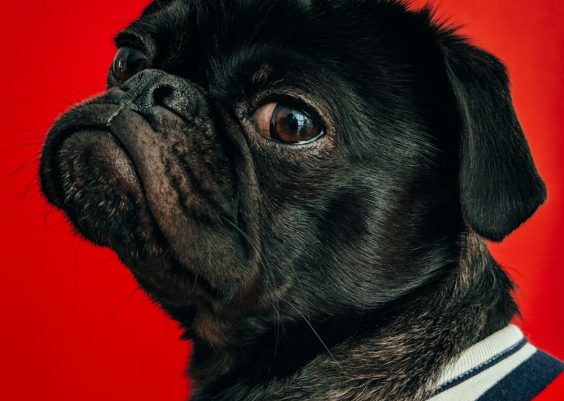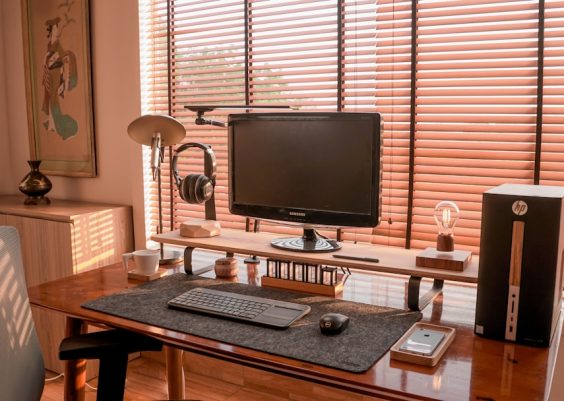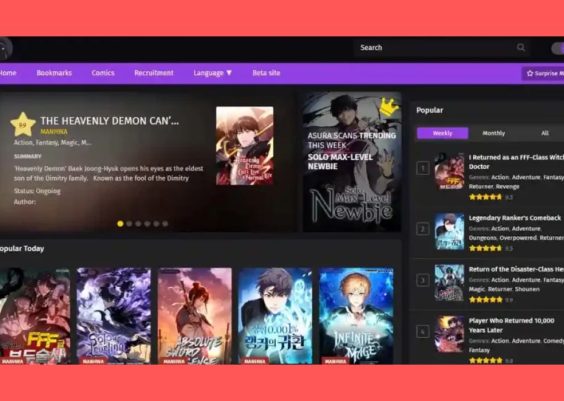In an age where memes spread faster than the news, identifying their original source can be both an art and a science. Memes, which often blend humor with cultural commentary, are widely shared across platforms like Reddit, Instagram, and Twitter. But have you ever wondered where a viral meme actually came from? One method that can assist in tracing these popular images is reverse image search. Though not foolproof, this technique can often yield insightful results about the origins and evolution of a meme.
What is Reverse Image Search?
Reverse image search is a technology that allows users to upload an image (or enter its URL) to a search engine, which then scans the web to find similar or matching images. Some of the most commonly used reverse image search engines include:
- Google Images
- Tineye
- Bing Visual Search
- Yandex Images
These platforms utilize sophisticated algorithms to compare visual data and metadata, helping users find other instances of the image—or similar ones—across the internet.
How Reverse Image Search Can Help Track Meme Origins
Reverse image search can be quite effective in uncovering the source or original use of a meme. Here’s how:
- Finding Earlier Versions: When you upload a meme to a reverse image search engine, it often returns older posts or versions of that image. This can help you determine where the meme first appeared or how it has changed over time.
- Identifying Original Images: Many memes are made by adding humorous text to stock footage, TV scenes, or photos. A reverse search might lead you back to the unedited photo or screenshot, which can reveal more context.
- Discovering Popular Platforms: The search results can indicate which platforms hosted the image first. For instance, if a meme first gained traction on Reddit but was later reposted to Twitter, this information can provide a timeline of its rise in popularity.
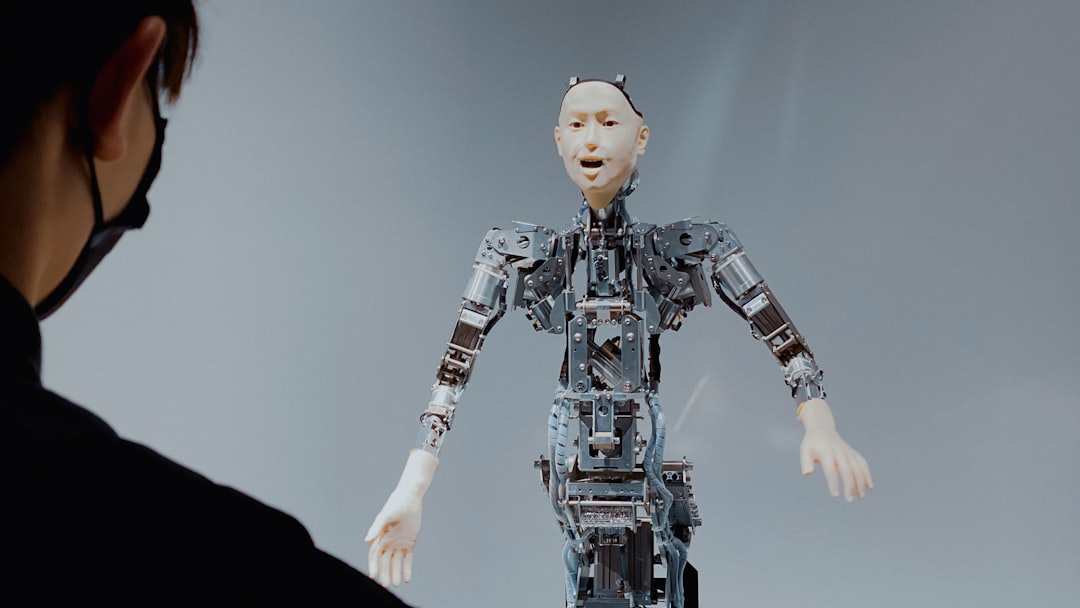
Challenges in Tracing Meme Origins
Despite its abilities, reverse image search isn’t always a silver bullet when it comes to meme tracking. The nature of memes introduces several unique challenges:
- Frequent Editing: Memes often get modified multiple times—text may be altered, filters applied, or elements added and removed. These changes can obscure the original image enough to escape detection by reverse image algorithms.
- Low Image Quality: Screenshots and compressions degrade image quality, reducing the effectiveness of pattern-matching algorithms.
- Platform Limitations: Some meme trends originate within apps or messaging platforms where reverse image search engines don’t have indexing capabilities, such as WhatsApp, Snapchat, or private Discord servers.
Tips for Using Reverse Image Search Effectively
If you’re serious about finding the source of a meme, consider the following strategies:
- Use Multiple Tools: Don’t rely on just one search engine. Google might miss something that Yandex or Tineye picks up.
- Crop and Enhance: Try cropping out added text or borders and adjusting contrast if the image is dark or blurry. Clearer images tend to return better results.
- Use Focused Features: Google and Bing allow you to highlight specific portions of the image to refine your search. Focus on unique, untouched areas for better matches.
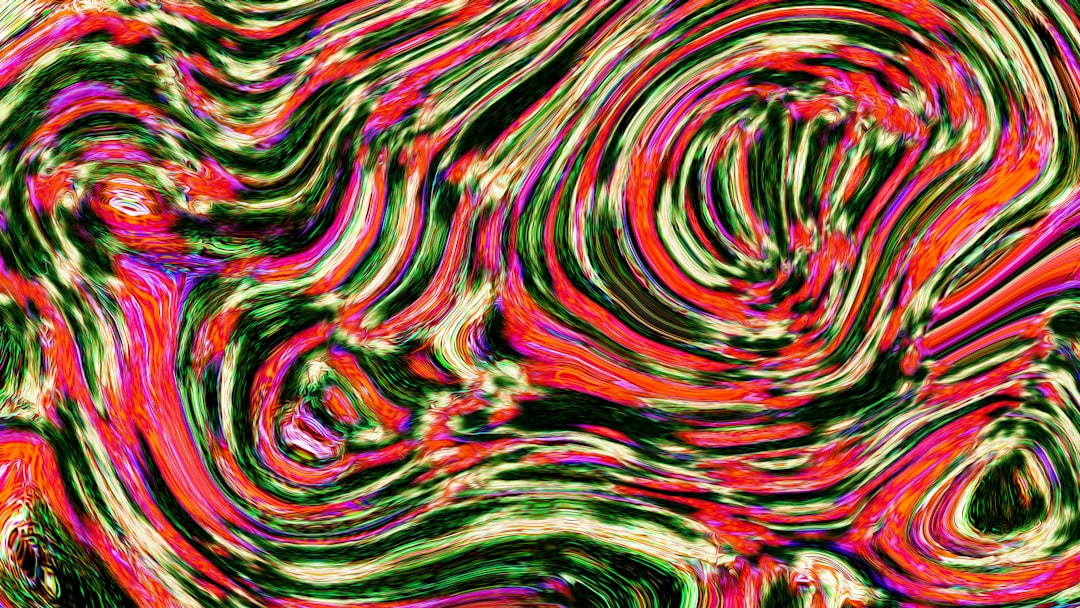
Beyond Reverse Search: Archive Tools and Communities
Sometimes reverse image searches don’t provide clear answers. In such cases, using internet archive tools like the Wayback Machine can be helpful. Additionally, meme-specific databases such as Know Your Meme provide curated histories of popular memes, often citing original uploaders and dates.
Reddit threads and forums like r/HelpMeFind may also assist. These communities thrive on collective knowledge and digital sleuthing and are often successful in tracing the elusive roots of viral content.
Conclusion
Reverse image search is a valuable tool for tracking the origins of memes, but it’s most effective when used in conjunction with other strategies. While the dynamic and often chaotic nature of meme culture presents hurdles, persistent investigation using the right tools can often unearth how and where a meme was born. This can deepen your understanding not just of the meme itself, but of the digital world in which it flourishes.

